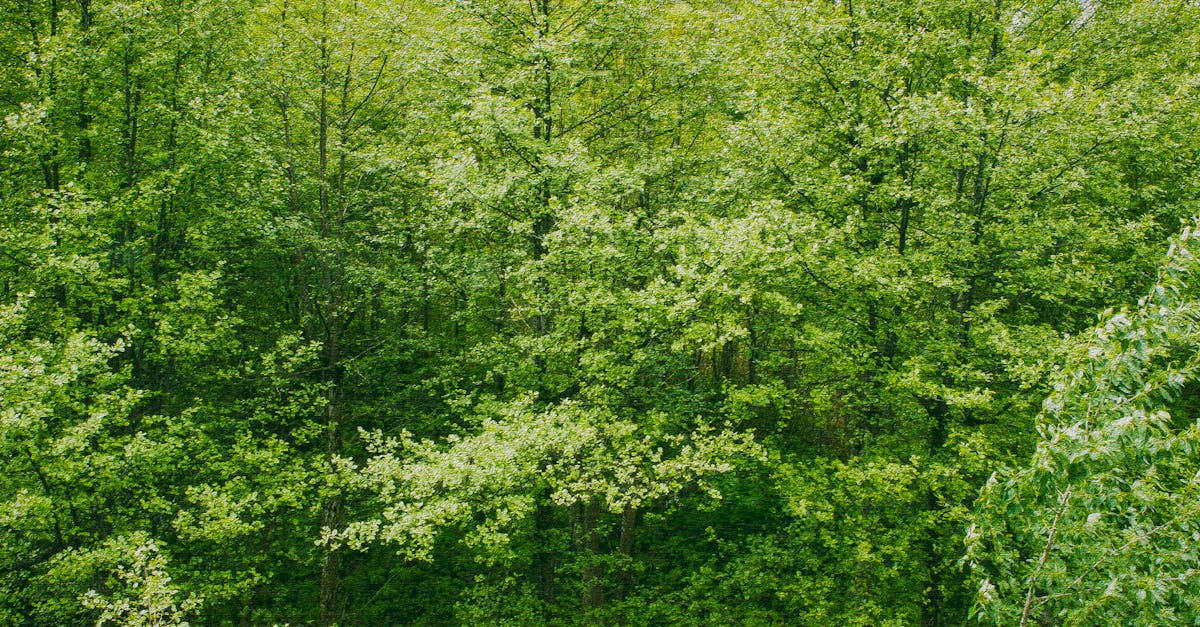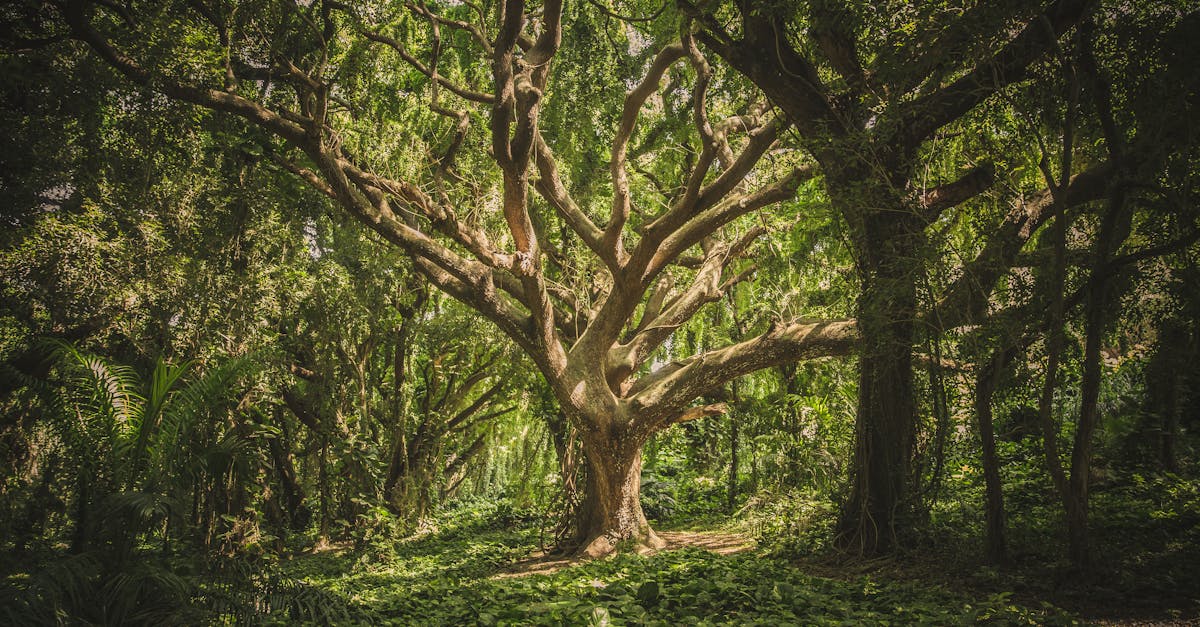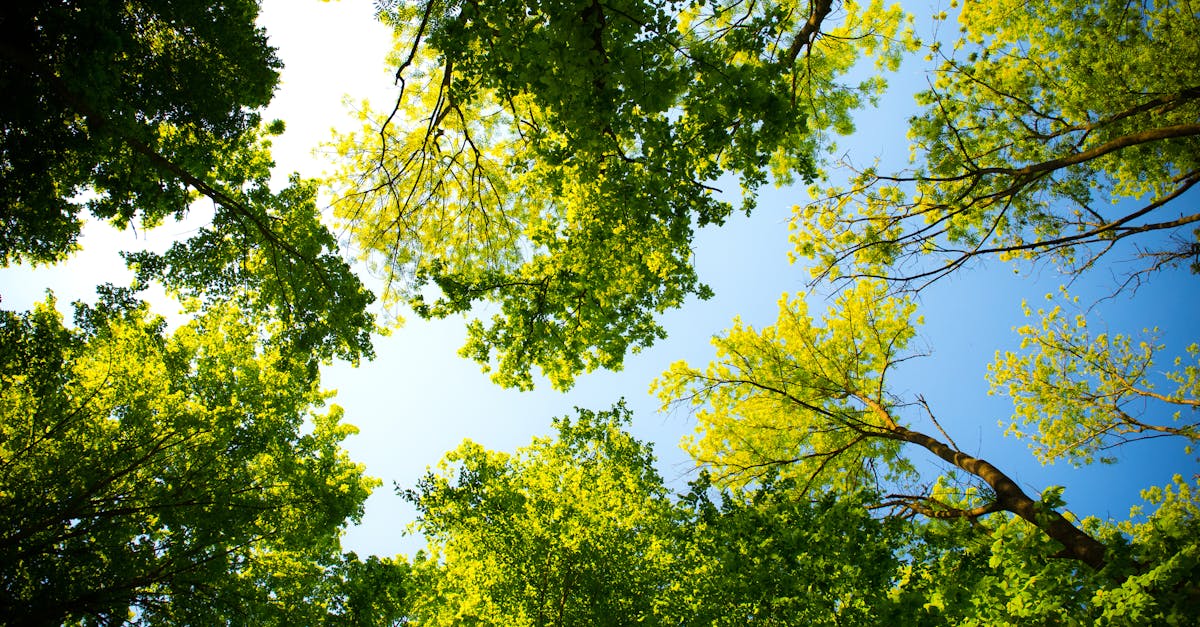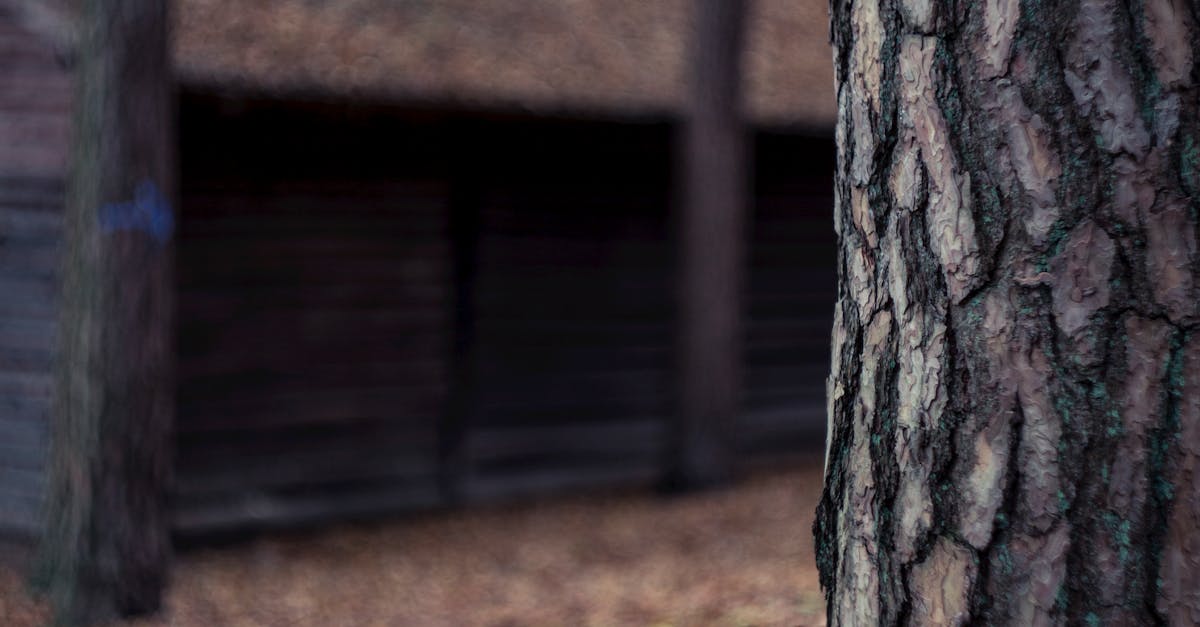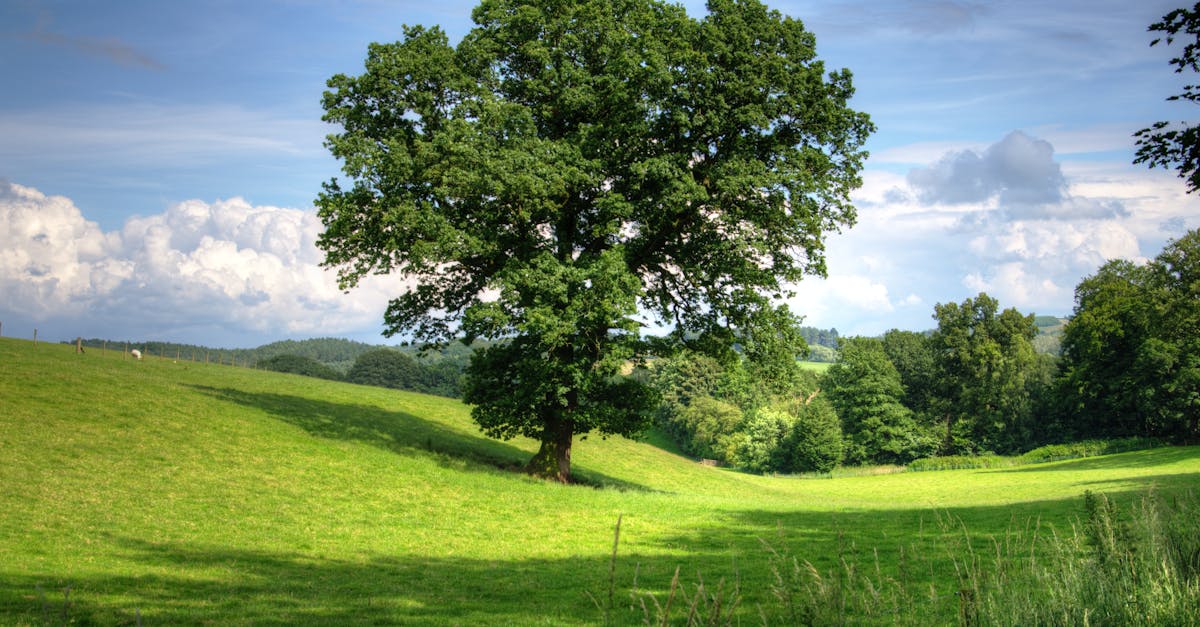
Enhancing Aesthetic Appeal After Stump Grinding
Enhancing the aesthetic appeal of your landscape after stump grinding is crucial for achieving a polished and visually pleasing outdoor space. Once the stump has been ground down, there may still be visible remnants of roots remaining in the soil. These remnants can be unsightly and disrupt the overall appearance of your yard. Finding professional Tree Removal near me services can help ensure that all traces of the removed tree, including roots, are properly tended to, enhancing the overall visual harmony of your outdoor space.
Landscaping options such as adding decorative mulch, planting new grass or ground cover, or introducing colorful flowers and shrubs can effectively camouflage any remaining traces of roots and create a cohesive and attractive landscape design. By incorporating these landscaping elements strategically, you can transform the area where the stump once stood into a flourishing and visually appealing focal point in your yard. Remember to consider the existing layout of your garden and consult with landscaping professionals to determine the most suitable options for enhancing the aesthetic appeal of your outdoor space.
Landscaping Options to Mask Remaining Root Traces
Landscaping can play a crucial role in masking any remaining root traces left after stump grinding. One effective option to enhance the visual appeal of the area is to plant ground cover plants or shrubs. These plants not only provide an attractive cover but also aid in stabilizing the soil around the removed stump. When considering landscaping options after stump grinding, it is essential to choose plants that are well-suited to the local climate and soil conditions. Tree Removal near me services can often provide guidance on suitable plant species for the specific area.
Another landscaping strategy to conceal remaining root traces is the use of mulch or decorative rocks. Mulch not only serves as an aesthetic element but also helps in moisture retention and weed suppression. Decorative rocks can also be strategically placed to create visual interest while effectively covering any remaining exposed roots. When selecting mulch or rocks for landscaping purposes, it is advisable to consult with professionals, such as those offering Tree Removal near me services, to ensure the materials used are appropriate for the environment and will complement the overall landscape design.
Preventing Issues with Remaining Roots
Preventing issues with remaining roots is a crucial aspect to consider after stump grinding has been completed. Even though the majority of the stump may be gone, some roots could still be lingering beneath the surface. These remaining roots pose a risk of causing potential problems such as new sprouts emerging or interfering with underground utilities. To address this issue effectively, it is advisable to hire professionals for thorough root removal services, ensuring that all remnants are safely extracted to prevent any future complications. If you're in need of assistance with root removal, consider reaching out to Tree Removal near me for expert guidance and support in addressing any lingering root issues post-stump grinding.
To minimize the likelihood of any issues arising from remaining roots, another proactive step is to treat the area with herbicides specifically designed to inhibit regrowth. By applying herbicides to the affected area following stump grinding, you can effectively prevent new sprouts from emerging and eliminate any potential threats posed by the remaining roots. This approach not only ensures a cleaner and more aesthetically pleasing landscape but also helps maintain the overall health and vitality of the surrounding vegetation. For professional guidance on selecting the appropriate herbicides and techniques for treating remaining roots, consider consulting with experts at Tree Removal near me to safeguard your outdoor space from potential root-related issues.
Addressing Potential Impacts on Surrounding Vegetation
When considering the impacts of remaining roots after stump grinding on surrounding vegetation, it is essential to assess potential risks to the health and growth of nearby plants. Although the grinding process effectively removes the visible stump, certain portions of the roots may persist underground. These remaining roots could compete with neighboring vegetation for essential nutrients and water resources, potentially causing stunted growth or other issues. As such, property owners and landscapers should carefully monitor the area post-stump grinding to address any adverse effects on the surrounding plants. Tree Removal near me services can provide expert guidance on managing residual roots to mitigate potential impacts on the overall landscape's health and vibrancy.
Furthermore, the proximity of remaining roots to other plants can also influence their growth patterns and overall well-being. In some cases, the decomposing roots could release substances that inhibit the growth of nearby vegetation or attract pests that pose a threat to the ecosystem. To prevent such issues and maintain a flourishing landscape, it is advisable to consult with professionals specializing in post-stump grinding care and maintenance. By implementing targeted solutions and planting suitable species in the vicinity, property owners can ensure the continued health and vitality of their vegetation. Utilizing Tree Removal near me services can offer valuable insights and assistance in promoting a harmonious coexistence between remaining roots and surrounding plants.
Promoting New Growth After Stump Grinding
Promoting new growth after stump grinding is a crucial step in revitalizing the landscape where a tree once stood. With the root system removed, the area is now primed for fresh vegetation to take root and flourish. In ensuring successful regrowth, consulting with a reputable landscaping service, such as Tree Removal near me, can provide valuable insight on the best practices and suitable plant species for the specific environment.
To facilitate the establishment of new growth, incorporating mulch into the soil post-stump grinding can enhance the soil's moisture retention and nutrient content, fostering optimal conditions for plant development. This organic matter not only aids in insulating the ground but also gradually decomposes, enriching the soil with essential nutrients. By choosing plants that complement the area's light exposure and soil type, the post-stump grinding landscape can be transformed into a thriving and verdant space.
Facilitating Nutrient Release for Plant Regeneration
Facilitating Nutrient Release for Plant Regeneration
Stump grinding can significantly aid in the facilitation of nutrient release for plant regeneration in the area where a tree was previously removed. The remnants of the ground stump slowly decompose over time, enriching the soil with essential nutrients that benefit surrounding vegetation. This process fosters a favorable environment for new plants or trees to thrive, offering a natural source of fertilization for the ecosystem. Landscapers or individuals searching for "Tree Removal near me" may find that this natural decomposition process aids in the rejuvenation of their landscape, promoting sustainable growth and vitality.
It is crucial to recognize that the nutrient release from the decomposing stump can take some time to fully integrate into the soil and become available for surrounding plants. Patience is key in allowing the natural processes to unfold and create a nutrient-rich foundation for new growth. By embracing the gradual transformation that occurs post-stump grinding, individuals can witness the positive effects of nutrient release on the regeneration of plants in the area. This method not only supports the ecological balance of the landscape but also contributes to the overall health and vibrancy of the surrounding vegetation.
FAQS
What happens to the roots after stump grinding?
After stump grinding, the roots are left underground to naturally decompose over time.
Will the roots regrow after stump grinding?
Generally, roots do not regrow after stump grinding, as the grinding process effectively removes the stump and root system.
How long does it take for the roots to decompose after stump grinding?
The decomposition process of the roots after stump grinding can vary depending on factors such as tree species, soil conditions, and climate, but it typically takes a few months to a few years for the roots to fully decompose.
Can the remaining roots cause issues in the future?
While the remaining roots may not regrow, they could potentially cause issues such as tripping hazards or interference with landscaping if not properly addressed or removed.
Is there a way to promote new growth after stump grinding?
To promote new growth after stump grinding, consider planting new vegetation or applying fertilizer to the area to facilitate nutrient release for plant regeneration.
